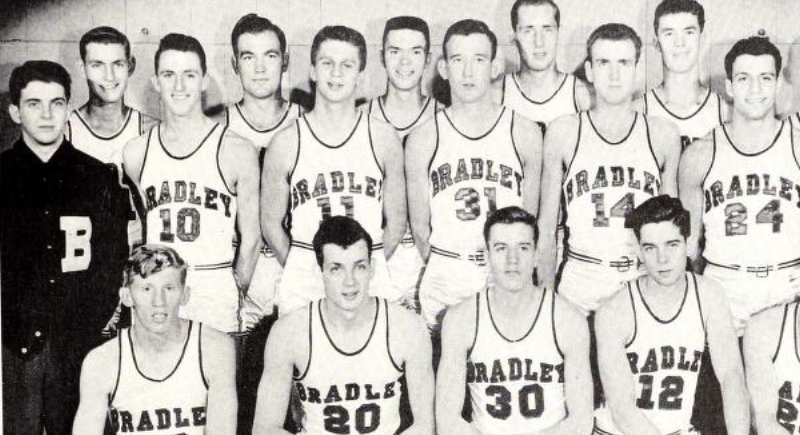College Sports Scandals That Became National News
If you’re looking to witness true passion, college sports is one stop. The rivalries and unforgettable moments on the field or court are intense enough to fuel your adrenaline. However, sometimes, that passion extends beyond gameplay into other things that are less applaudable.
Over the decades, stories of rule-breaking, cover-ups, and outright crime have pushed college athletics into the national spotlight for all the wrong reasons. Some scandals shook entire programs to their core and are still cultural talking points today. The patterns across sports are almost as fascinating as the scandals themselves.
Basketball’s Tangled Web

Image via Wikimedia Commons/University of Kentucky
Basketball has a long history of gambling scandals. The most infamous early case was the 1951 CCNY point-shaving scheme. More than 30 players across seven schools were implicated, including stars from City College of New York’s team, which had just won both the NCAA Tournament and the NIT.
Organized crime had its fingerprints all over the scheme, and the fallout was massive. CCNY was banned from Madison Square Garden, Kentucky canceled its 1952–53 season, and Long Island University shut down athletics entirely for several years. The sport’s credibility took years to recover.
It didn’t end there. In the late 1970s, Boston College players were roped into another point-shaving operation that involved mobsters, a failed betting run, and later a cameo in the movie “Goodfellas.” The 1990s saw Arizona State and Northwestern basketball players caught in similar situations.
Then came scandals of a different nature. In the 2000s, Minnesota was caught in a sweeping academic fraud case, while Michigan’s famous Fab Five had their legacy clouded by revelations of cash from a booster. Baylor basketball in 2003 was rocked when teammate Carlton Dotson murdered Patrick Dennehy. To make matters worse, coach Dave Bliss tried to cover up tuition payments by painting Dennehy as a drug dealer.
More recently, in 2015, Louisville’s recruiting practices made headlines after reports of parties arranged for players and prospects. Basketball, more than any other college sport, has had a knack for mixing talent with temptation.
Football’s High-Profile Crashes
If basketball’s scandals often circled around gambling, football’s trouble spots leaned heavily on benefits, cover-ups, and abuse of power.
Few stories rival what happened at Southern Methodist University in the 1980s. Boosters funneled money to players through a slush fund even after the school had already been warned. The NCAA responded with the harshest punishment possible: canceling SMU’s 1987 season. This became known as the “death penalty” and destroyed the program for years.
Other powerhouses faced their own reckonings. USC was stripped of wins and hit with a two-year postseason ban after Reggie Bush’s family accepted gifts and a house from agents. Miami football got entangled in a massive 2011 scandal after Ponzi scheme operator Nevin Shapiro claimed he had provided everything from cash to luxury trips to dozens of players over nearly a decade.
Oklahoma State was accused by former players of a culture that mixed questionable parties, illegal substances, and academic fraud. Baylor football went through an even darker chapter between 2012 and 2016 when reports revealed officials ignored or mishandled misconduct and assault allegations against players, which eventually led to leadership changes that reached the university president.
And then there’s Penn State, where Jerry Sandusky’s decades of abuse made headlines worldwide in 2011. The scandal raised urgent questions about institutional accountability. Legendary coach Joe Paterno lost his job, top administrators faced charges, and the NCAA levied unprecedented fines and sanctions.
When Other Sports Made Headlines
While football and basketball tend to dominate the conversation, other college sports have had their fair share of scandals that gripped the country. The Duke lacrosse case in 2006 is one of the most famous. Three players were accused of misconduct after a team party, only for the charges to collapse under scrutiny. The case became a national flashpoint on race, privilege, and media coverage.
In lacrosse again, tragedy struck when Virginia player George Huguely was convicted in 2010 for the murder of women’s lacrosse player Yeardley Love. The story was covered everywhere and forced questions about violence, alcohol, and accountability within college sports culture.
Within recent memory, Western Kentucky shut down its entire swimming program for five years after hazing reports surfaced.